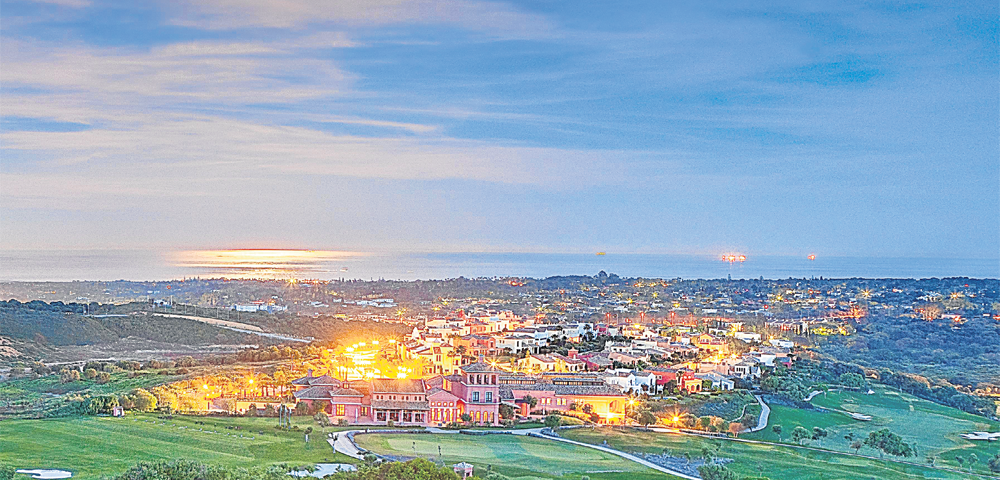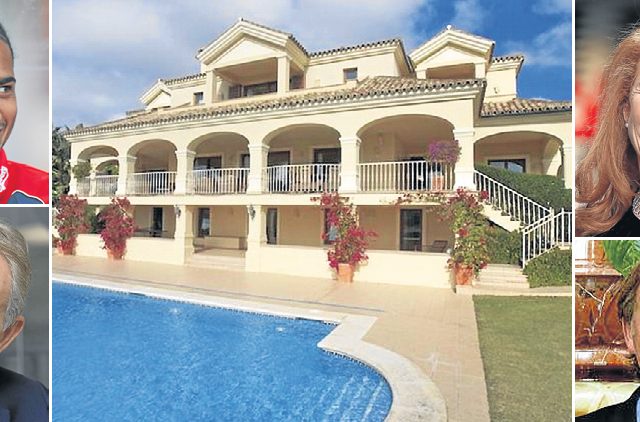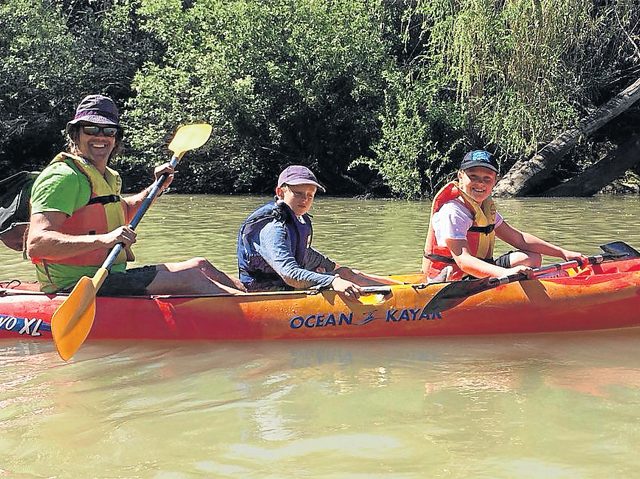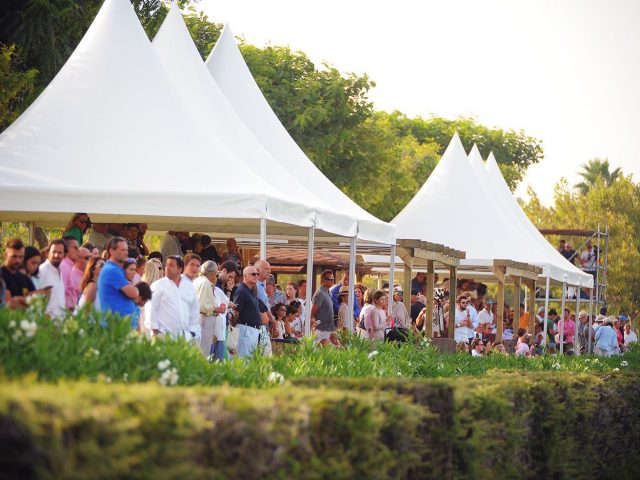- Have any questions?
- +34 951 273 575
- info@allaboutandalucia.com
Why Sotogrande is more than the sum of its understated parts

Sotogrande is a playground for royals, footballers and politicians, Diana Tang gives her roundup of the high-class resort
August 9, 2019
FERIA DE MALAGA: Time, locations, rides, food, drink, dancing and everything else you need to know
August 16, 2019
ETCHED gracefully into the crown of Spain’s southern coast, Sotogrande shines bright like a diamond without ever being flashy.
The country’s largest privately-owned residential ‘super-state’ has long been the first port of call for the cream of European high society.
The radiance of this millionaire’s playground lies in its low-density living, stunning beaches and mountain backdrops, plus its amazing marina and golf courses.
Its privileged views of the Rock of Gibraltar and the Rif mountains of Africa have been enjoyed by the likes of ex-UK PM Tony Blair, the British royal family and countless European celebrities, who don’t want to be spotted, unlike those who venture to nearby Marbella.
But keep your eyes peeled and you might spot Irish motor racing guru Eddie Jordan, former Genesis keyboard player Mike Rutherford or the BBC’s Nick Knowles, who all have homes in the resort.
And then there are the footballers, including Glenn Hoddle and Glen Johnson, who have bought homes in Sotogrande.
Internationally renowned for its polo, golf and sailing, as well as a burgeoning gastronomic scene, this ‘mini Monaco’ of high net worth residents has all the hallmarks of what is often considered the top private resort in Europe.
Different from other ‘celebrity’ resorts where talk of wealth and fame is de rigueur, in understated Sotogrande they like to keep such talk, appropriately, ‘sotto voce.’
Mention the palpable sense of community, however, and you’ll discover how that is the privileged enclave’s true treasure.
“Sotogrande is a very friendly place. You get all the different types of nationalities here and they all just blend in,” estate agent Brian Nelson tells us at his family office in the port of Sotogrande.

“It’s so cosmopolitan and with a low crime rate – if any at all.
“Of course everyone wants Sotogrande to stay the way it is. Development, however, is inevitable.
“Everything from here is just a bonus.”
Outside Sotogrande Raquet’s club we bumped into Wendy who has traded north London for a family holiday in Sotogrande every summer for the last decade.
“This place is family friendly and less hectic than further down the coast,” she explains, still out of breath from her on-court exploits.
“It’s very open and we love it because you can cycle around and everywhere feels very safe.”
And there is truly an abundant offering of outdoor pursuits.
The profusion of yachts and kayaks spotted as we walk along the immaculate streets with their neat topiary trees to the marina reminds us again of Sotogrande’s huge sporting offer, not to forget the golf.
A championship round at Royal Sotogrande Golf Club – one of seven courses available – would suit any budding Shane Lowry to a tee.
For those who take life at more of a gallop there’s Santa Maria Polo Club, one of the most important in Europe, where the equestrian sport can be enjoyed 365 days of the year. It is also the only polo club in the world to hold two ranking events on the international circuit every year: the Silver Cup and the Gold Cup.
Every August top polo players from around the world descend on Santa Maria for the International Tournament, now in its 48th year. During the off-season, many football teams rent the polo pitches to train.
Much of Sotogrande’s fame stems from its sporting firsts. Valderrama golf course was the first to host The Ryder Cup on the continent of Europe in 1997. And it’s still a fairway to golfing heaven, according to golfer and former professional footballer Andy Gemmell, who has played some 40 courses in the area.
If year-round residents have a complaint, it’s that the winter months can be very quiet, so they welcome the recent new investment in the area.
There has been a serious amount of spending in the extended port area, Ribera del Marlin, as well as in the hills up towards La Reserva golf.
There is a very real sense that the place has upped a gear in the last three or four years and all of Sotogrande’s 2,500 hectares are being carefully planned and used.
This is best showcased by La Reserva’s ‘inland lagoon beach’ which saw sand brought over from Morocco.
“It’s three or four times bigger than the blue lagoon in Estepona,” adds Brian Nelson with a distinct tinge of pride.
Sotogrande’s story goes back to 1962 when an American Filipino family invested millions in making the resort what it is today.

Stanford University graduate Joseph McMicking and his family were looking to find a suitable place on the Mediterranean when his cousin chanced upon the parcel of fincas that make up Sotogrande today.
Joseph McMicking purchased the company Financiera Sotogrande del Guadiaro and submitted a plan to buy the 1,800 hectare estate, which was later approved by the Spanish authorities.
From there he commissioned stellar golf architect Robert Trent Jones to design the Royal Golf Club of Sotogrande.
Building on this success, in 1978 the International School of Sotogrande was founded to accommodate the growing international population.
In 1985, the polo fields of Rio Sotogrande I and II were built with new fields added in 1992, 1995, 2003 and 2008.
In 1997, just before the Ryder Cup, Guadiaro to Algeciras coastal highway dual-carriageway upgrade was completed and in 2002 the new AP-7 motorway helped visitors reduce their drive time to the resort.
McMicking continued to live out his later years in Sotogrande until his death in 1990.
One of the longest-established residents, 61-year-old Lucrecia Aldao from the Philippines, has seen nearly five decades of its transformation.
“I arrived here in 1968 and grew up in Sotogrande. Since then it’s changed in so much as its grown. Sotogrande is a philosophy…it’s a philosophy of family, of friends. It’s a low key society, and everybody here is low key.
“You can run into some extremely rich, extremely famous people and nobody will bat an eyelid. The place itself may have changed, and is modernising, but the philosophy remains the same.
“Sotogrande isn’t commercialised compared to other areas, which is a big draw; but it’s getting there. Every year there is a new twist and turn.”
At the marina we stopped at the long-established Hairy Lemon where owner Lorenc has allowed the ‘Soto’ school of thinking to heavily influence his international menu.
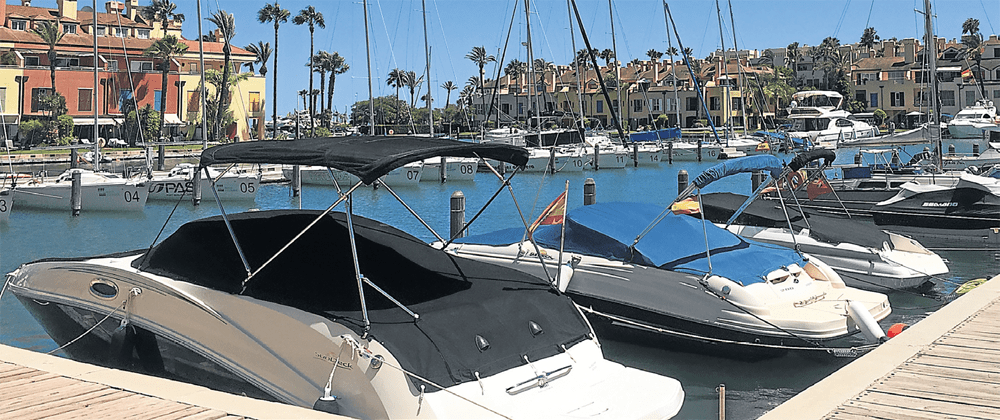
You only need to sit down at a quayside restaurant to overhear how multicultural this place has become. Conversations are conducted in Spanish, German, French, Italian, Scandinavian – it’s a veritable tower of Babel.
Gatecrashing El Molino del Conde’s waterfront restaurant for a drink we meet 49-year-old Theresa Cohen, 50, who moved to Sotogrande from Oxford a year ago.
“Among friends we jokingly call it the ‘new Marbella’. Not in a flashy way but Sotogrande is how Marbella used to be before it got too commercialised,” she tells us. “Here it is different, being a gated community I think helps that exclusivity.
“The restaurants in the area, I believe, are world-class: fine wines and the best seafood dishes around.”

The marina is yet another highlight of Sotogrande where the welcome is warm, the hospitality outstanding and the sporting offer unequalled by anywhere else in the world that’s not a town or a village but merely a gated community.”
Sotogrande has undoubtedly become the benchmark resort for residential luxury living and quality sport tourism.
It is easy to agree with Lucrecia Aldao when she said ‘I don’t think Sotogrande will ever lose its sparkle.’

